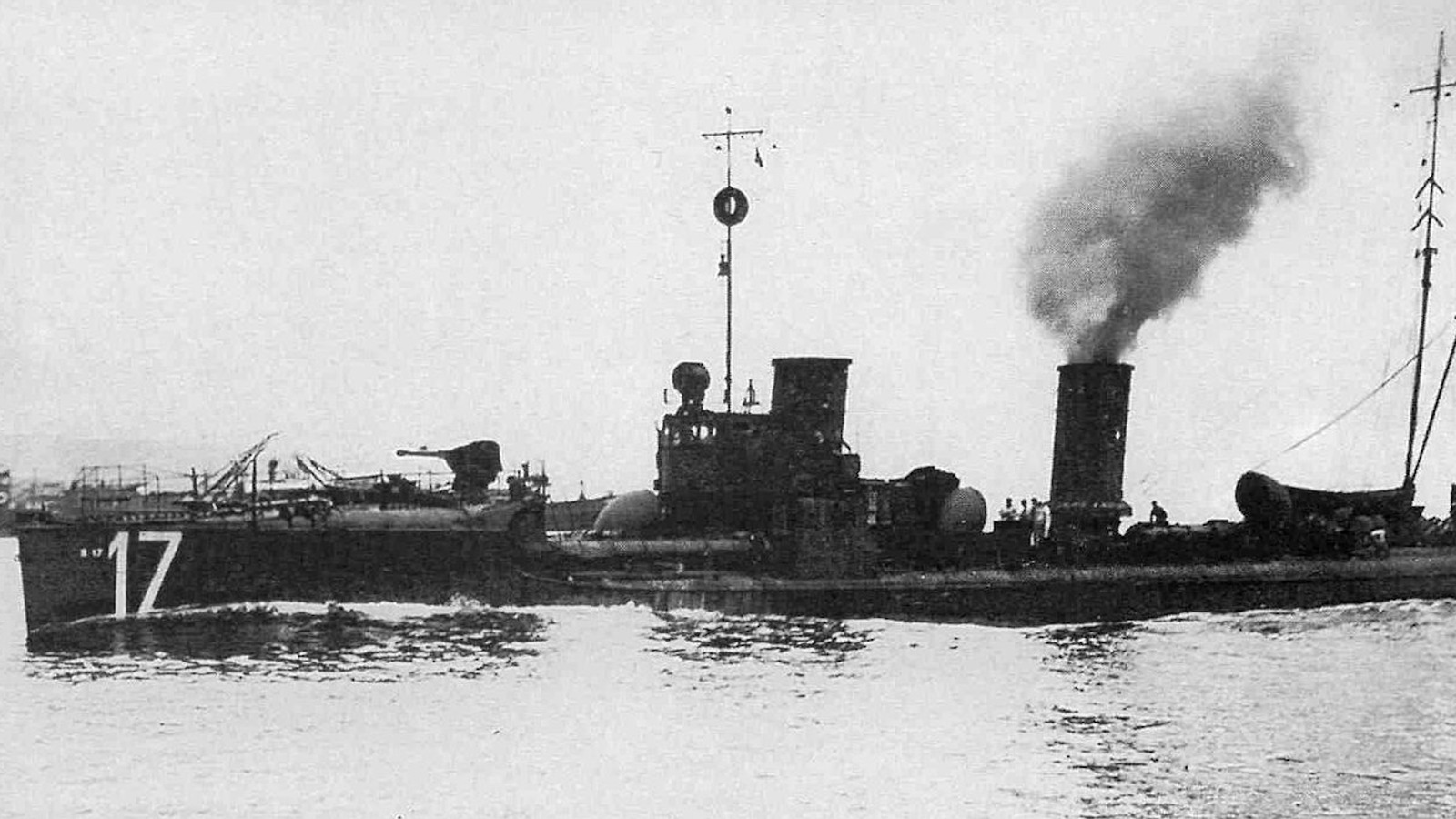
Both the British HMS E52 and German S25 destroyer were retired from service over 100 years ago, after the end of World War I. The SMS S24 was a V1-class torpedo boat built for the Imperial German Navy in 1913, and fought throughout the entirety of the war, including in the Battle of Jutland. When the German navy was dismantled after losing the war, the S24 was sold for scrap in 1920, which is how it likely ended up in modern-day Coronation Park. The destroyer was 234 feet long, could hold a crew of 74 officers, and displaced 568 tons of water. Its boilers and steam turbines could generate 11,500 kilowatts of power.
Modern submarines were already becoming a staple of naval fleets by 1917 when the British E-class HMS E52 was first launched. It was powered by two diesel engines each capable of 800 horsepower, and two electric motors capable of 420 horsepower, which enabled the sub to reach a maximum surface speed of 16 knots. It could travel up to 10 knots when underwater and was able to stay submerged for five hours before needing to resurface. The HMS E52 could hold a crew of 31 and fought until the end of the war. Among its accomplishments, it sank the U-boat UC-63, before being sold for scrap in 1921, as submarine technology was advancing fast enough to make it already obsolete.
The buried scrap yard doesn’t mean an ignoble end for the ships, however. “The ‘submarine under the park’ is a local legend,” said Dr. Roffey, “and it could make a wonderful tourist attraction if we could identify its exact location.” Of course, doing so will take further scientific investigation, but these early findings are a good start.
Stay connected with us on social media platform for instant update click here to join our Twitter, & Facebook
We are now on Telegram. Click here to join our channel (@TechiUpdate) and stay updated with the latest Technology headlines.
For all the latest Automobiles News Click Here
